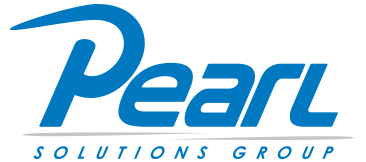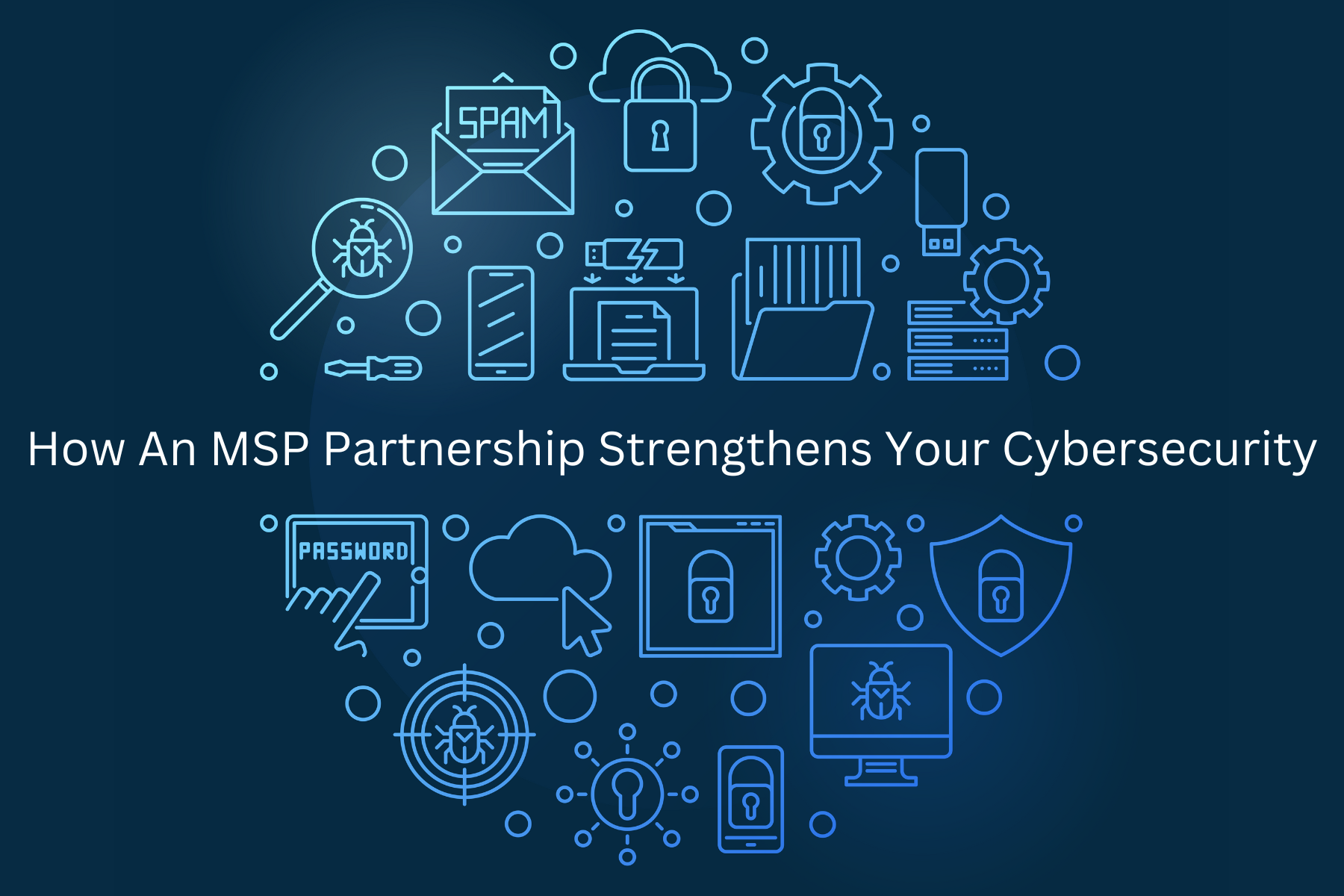Hackers are getting smarter, and new security risks pop up almost daily. As a business leader, you might feel like you’re playing a never-ending game of whack-a-mole, trying to keep up with it all. Partnering with a Managed IT Services Provider (MSP) can make a world of difference. An MSP partnership strengthens your cybersecurity through these functions typically provided in their services.
1. Network Monitoring and Management
- What It Is: Network monitoring involves the continuous observation of a company’s network to identify any irregularities or potential security threats, such as unusual traffic patterns or unauthorized access attempts. Network management includes configuring network devices (like routers and switches) to ensure optimal performance and security.
- How It Helps: By constantly monitoring the network, an MSP can detect suspicious activity early, such as an unauthorized login attempt or an unusual data transfer. Early detection allows the MSP to respond quickly, potentially stopping a cyberattack before it causes significant harm. Additionally, proper network management ensures that security configurations are maintained, reducing the risk of vulnerabilities.
2. Antivirus and Anti-Malware Management
- What It Is: Antivirus and anti-malware management involves the installation, configuration, and regular updating of software designed to detect, block, and remove malicious software, such as viruses, worms, trojans, and ransomware.
- How It Helps: MSPs ensure that all devices within the network are equipped with up-to-date antivirus and anti-malware software. Regular updates are critical because new threats are constantly emerging. By managing these tools, MSPs help protect against infections that could compromise sensitive data or disrupt operations.
3. Patch Management
- What It Is: Patch management is the process of regularly updating software and operating systems to fix vulnerabilities, improve performance, and add new features. This includes patches released by software vendors for operating systems, applications, and other critical systems.
- How It Helps: Cybercriminals often exploit known vulnerabilities in outdated software. By ensuring that all software is up to date, MSPs help prevent these vulnerabilities from being used as entry points for attacks. Patch management is an essential component of maintaining a secure and resilient IT environment.
4. Firewall Management
- What It Is: A firewall is a security system that monitors and controls incoming and outgoing network traffic based on predetermined security rules. Firewall management involves configuring and maintaining this security barrier to protect the network from unauthorized access and cyber threats.
- How It Helps: Properly configured firewalls act as a gatekeeper, blocking unauthorized traffic and preventing malicious actors from accessing the network. MSPs regularly update firewall rules and configurations to adapt to new threats and ensure that the network remains secure.
5. Email Security
- What It Is: Email security solutions protect an organization’s email communications from various threats, including phishing, spam, malware attachments, and spoofing. This often involves using filters, encryption, and authentication protocols.
- How It Helps: Email is a common attack vector for cybercriminals. By implementing and managing email security solutions, MSPs help prevent harmful emails from reaching employees’ inboxes, reducing the risk of phishing attacks and the spread of malware via email.
6. Backup and Disaster Recovery
- What It Is: Backup and disaster recovery involve regularly copying critical data and storing it in a secure location, along with having a plan in place to recover this data in case of a cyber incident, data loss, or disaster.
- How It Helps: In the event of a cyberattack, such as ransomware, where data might be encrypted or lost, having regular backups ensures that data can be restored quickly, minimizing downtime and financial loss. A well-crafted disaster recovery plan helps businesses resume operations swiftly after an incident.
7. Access Management
- What It Is: Access management involves controlling who can access specific systems, applications, and data within an organization. This includes setting up strong password policies, multi-factor authentication (MFA), and role-based access controls (RBAC) where users only have access to the data necessary for their job.
- How It Helps: By limiting access to sensitive information and critical systems, MSPs reduce the risk of internal threats and unauthorized access. Strong authentication methods like MFA add an extra layer of security, making it harder for cybercriminals to breach accounts even if passwords are compromised.
These services collectively contribute to creating a robust cybersecurity framework for your business, even at the most basic service level. By addressing these fundamental areas, an MSP can help significantly reduce the risk of cyber threats and ensure your business is better protected. We’ve been awarded St. Louis Small Business Magazine’s Best in Cybersecurity this year! Learn how we help you strengthen your cybersecurity posture.




